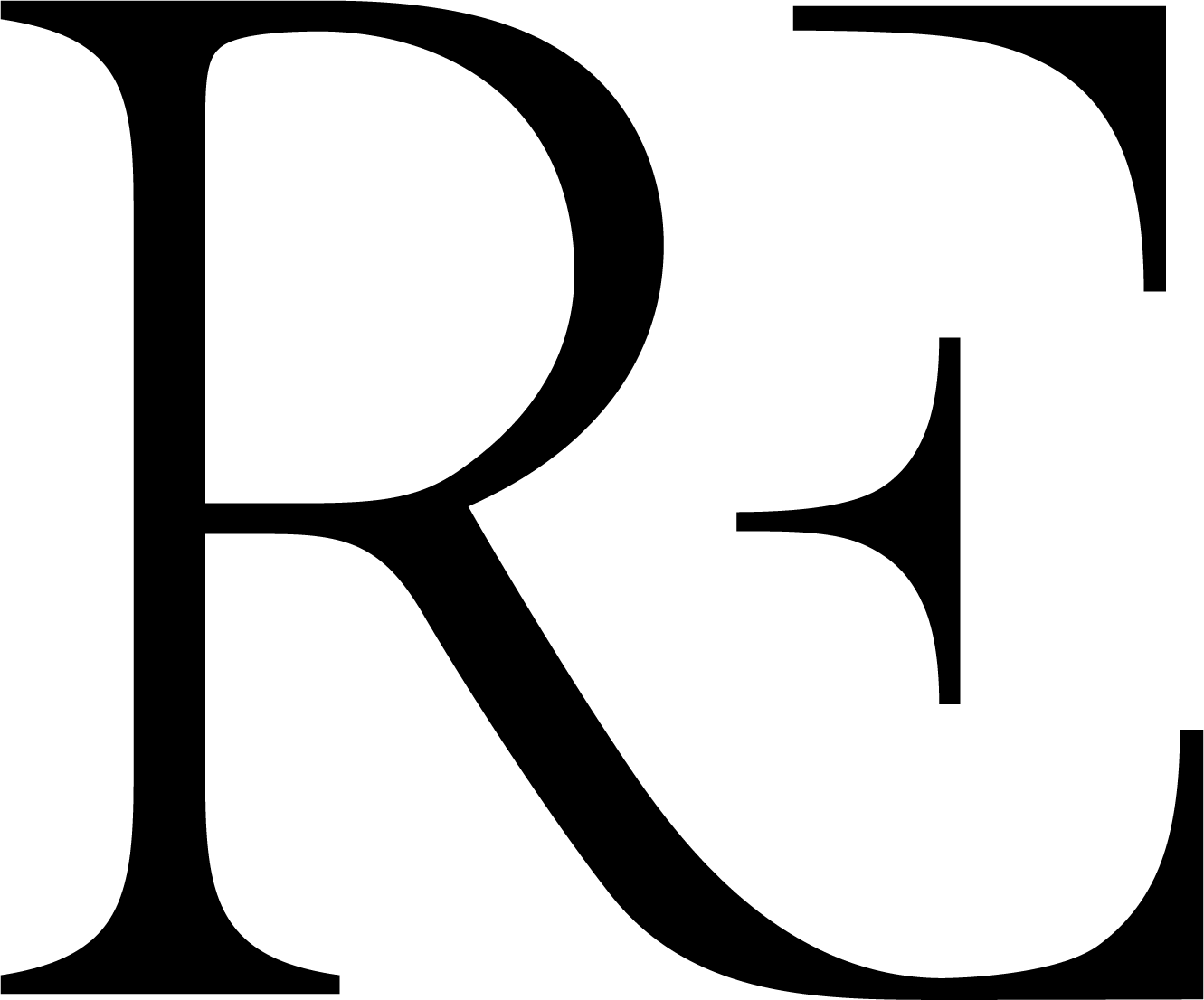Leasing Info
Property Details.
Within a one-mile radius of 225 & 233 East Redwood Street, there are 120,000 jobs, 42,800 residents, and 19,000 students. This area ranks 16th in the country for employment density and 8th for residential density, ahead of cities like Atlanta, Denver, Miami, and Washington, DC.
BUILDING TYPE Class A Historic
PRIVATE OFFICES AVAILABLE
Starting at $550/month
OFFICE SUITES AVAILABLE
1,000-5,000 SF per floor @ $19.50/SF Full Service
MAX CONTIGUOUS RENTABLE AREA
15,000 SF
CORNER RETAIL SPACE AVAILABLE
2,000-3,500 @ $19.50 per SF NNN
YEAR BUILT 1913
AMENITIES
Free Access to 6 Private Conference Rooms, Free WIFI, Lit with fiber optics, Event Space for up to 100 people (pricing available upon request)
ADDITIONAL ACCESS
Owner’s lounge, game room and rooftop deck
PARKING
5 garages/surface lot within 1 Block (daily/monthly leasing available), metered street parking
WALKABILITY SCORE 98
(Baltimore’s most walkable neighborhood)
TRANSIT SCORE 90
BIKE SCORE 81
Learn More.
HUBZONE
The HUBZone (Historically Underutilized Business Zone) Empowerment Contracting Program provides federal contracting preferences to businesses in certain urban and rural areas. It is a program of the Small Business Administration (SBA). HUBZone certification enables a business to be more competitive in contracting and procurement opportunities with the Federal government.
Enterprise Zone
A ten-year credit against local real property taxes is offered for business improvements or new construction. The credit is based on new property taxes generated because of the expansion or new construction. In years 1-5, Baltimore City will waive 80% of the new property taxes generated. In years 6-10 the credit decreases 10% annually (70%, 60%, 50%, 40%, 30%).
The Employment Tax Credit is a one-to-three year tax credit for wages paid to new hires in the Enterprise Zone. The standard credit is a one-time $1,000 credit per new hire.
Opportunity Zone
Investors interested in taking advantage of Opportunity Zone tax benefit, must invest realized capital gains into a Qualified Opportunity Fund within 180 days that the capital gains are realized. The tax benefits associated with a Qualified Opportunity Fund are threefold:
Deferral on the original capital gains taxes invested in a Qualified Opportunity Fund until 2026 (or the sale of the investment)
Reduction of capital gains tax on the original capital gain investment by 10 percent after a 5-year hold and 15 percent after a 7-year hold
Tax-free appreciation on the original capital gains if an investment is held for at least 10 years; the investor pays no capital gains taxes on appreciation in the investment above the original capital gains investment.
Central Location



